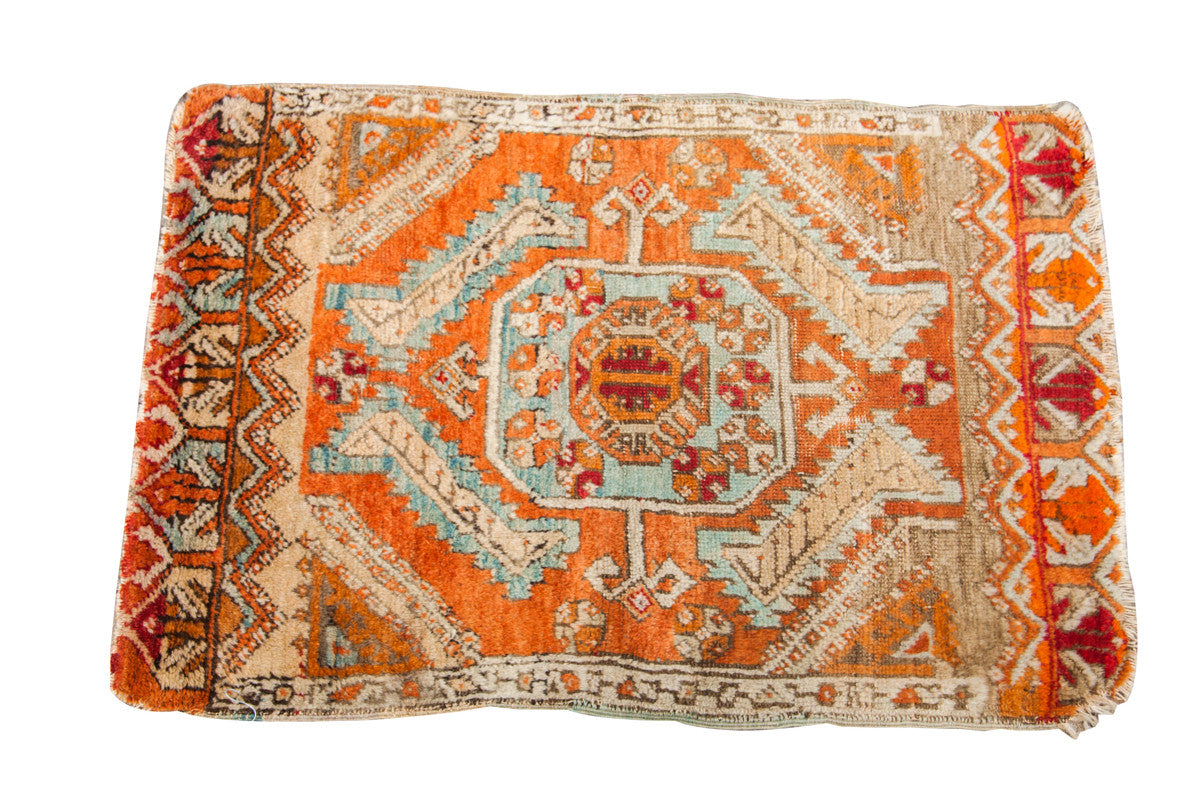Why Buy Vintage Rugs?
Rugs and carpets generally fit into three main age classifications: antique, semi-antique (vintage) and new. In understanding why to purchase vintage rugs, it is important to know what drives the antique rug market and new rug production.

Antique rugs are estimated to have a weaving date of 100 years or more. With antique rugs and textiles the late 19th and early 20th century is a pivotal time since this is the cusp of larger, world interest. In the eyes of a purist, the carpets made before this time are of great appeal since antique rugs are 1. Generally a bit more scarce 2. Made in a time with potential importance in regards to history or authenticity to purists. With scarcity and collector interest/demand come higher prices. Although the harmony and aesthetic of an antique rug with true age and patina may resonate well with many people, often cost may be prohibitive to the average buyer. If not cost, the importance of the rug may be too great for day-to-day use. With the latter, you may opt for placing the rug in a low traffic area, perhaps hanging or mounting it on a wall, or even consider storing for your private collection. Antique rugs and carpets of true age are not entirely common, and realized prices of excellent to exceptional carpets with unique character and excellent artistic merit continue to be well established every day.
New rug production has similar downsides to antique rugs relating to cost: Materials and labor making new rugs are quite high over years past. Replacement of new rug weaving at the consumer level is perhaps 35 – 50% more costly in the last decade alone.
Most importantly on in a trade-off consideration: If one were to qualitatively compare a very good condition 1940’s Persian Sarouk to a replica in new rug production, it is conceivable the authentic vintage Sarouk may only cost 50-70% the sale price of the new carpet that is made to look like the old.
While there may be some further considerations when purchasing a pre-owned rug, it certainly is appealing to consider a $4,000 9x12 authentic Persian Sarouk in very good condition over the cost of a $6,500 new 9x12 rug made to look like the $4,000 carpet.
It is also, however, worthwhile to note machine made rugs in similar comparison: For a well known manufacturers power loomed (machine made) carpet made of wool with similar density and aesthetic to a true American Sarouk, you may easily pay $3,000. Why not opt for the real, authentic, genuine original, hand knotted Persian rug for just a fraction more?
There is great validity and real cost-benefit of purchasing a vintage rug over an antique or new rug (or even a machine made rug for that matter). The manner in which hand knotted rugs are made today is little changed over the course of many centuries. However, the main difference now is vintage rugs are an extremely affordable option, and regardless, will continue to last for many, many years.
Finding the proper balance in utility and value: vintage rugs are a real contender in finding the optimal choice!
Looking for related reading? Take a look at our new article on what makes a rug collectible and other popular rugs.






